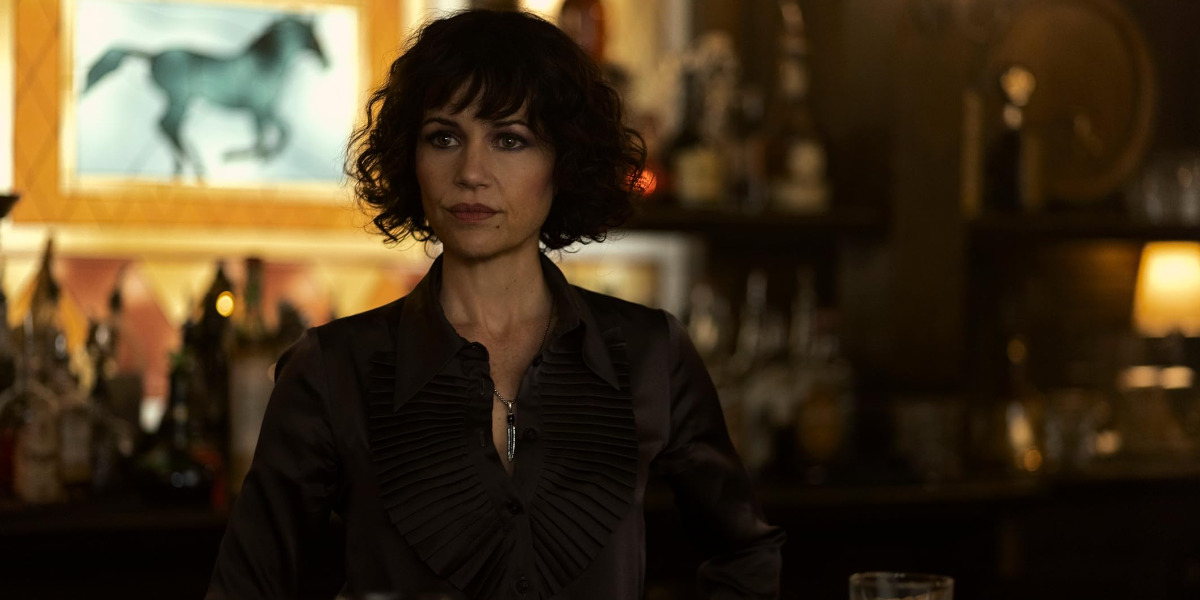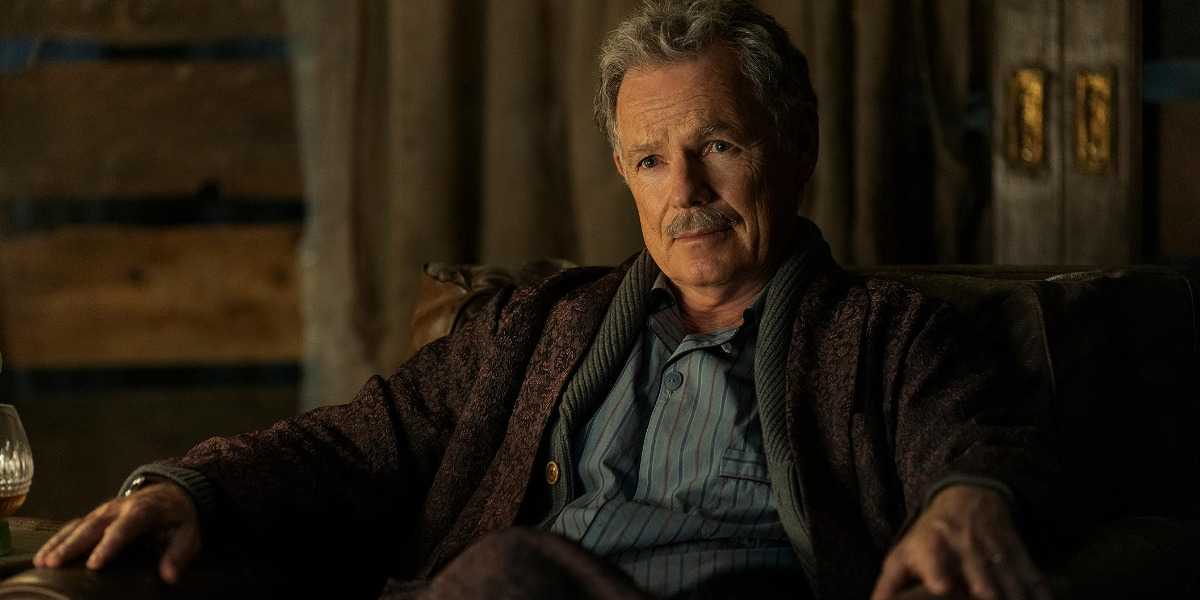A story about karmic execution, ‘The Fall of The House of Usher,’ created by Mike Flanagan, is a Netflix horror–drama show that revolves around the eponymous wealthy family and their descent into misfortune. After ruthless twins Roderick and Madeline Usher build an empire out of their name through a Big Pharma company, Fortunato, their legacy is continued through Roderick’s numerous children. However, while the family faces another moment of public scrutiny under a trial led by Attorney Dupin, the Usher heirs start dying mysteriously. Meanwhile, an ominous woman with close ties to the Usher name remains at the center of every event.
Employing the incredibly dysfunctional Usher family at its center, the show explores various facets of modern privilege and wealth through a narrative that remains laced with themes of gothic horror. The intriguing partnership between these two aspects crafts a riveting tale that often references reality alongside a specific genre of popular literature. Therefore, if you’re captivated by the show’s atmosphere and want to know its origins, here is everything you need to know.
Inspiration From Works By Edgar Allen Poe
‘The Fall of The House of Usher’ shares its name with Edgar Allen Poe’s 1839 short story. Yet, the show’s relationship with Poe’s works runs deeper with numerous short stories and one renowned poem, serving as the inspiration behind the Usher family and their tale. Almost every episode within the eight-part series is named after one of Poe’s short stories, with the exception of the pilot, ‘A Midnight Dreary,’ which derives its title from Poe’s most influential 1845 poem, ‘The Raven.’

Still, the show continues to follow one single narrative, scattered in three different timelines— the past, present, and the future. As such, although short stories like ‘Tell-Tale Heart’ and ‘The Black Cat’ massively influence their respective episodes, the overarching theme of the Usher family’s downfall and impending grief comes from Poe’s works ‘The Fall of The House of Usher’ and ‘The Raven.’
Nevertheless, in amassing several of Poe’s works and bringing his themes to the modern world, the show makes significant modifications to the author’s stories. For instance, the original ‘The Fall of The House of Usher’ tale is confined within Roderick and Madeline’s childhood house and unfolds to depict the twins growing horror and madness. However, for the show, Flanagan sets out for a more ambitious undertaking, building an entire empire out of the Usher name while also preserving the source material’s narrative.
Likewise, Poe’s famed Raven from his poem looms over the narrative, shrouded in an enigma, and becomes an instrumental character within the storyline. Similarly, almost all characters are named after individuals from Poe’s stories, from the children Prospero, Camille, and others to Dupin and Arthur Gordon Pym.
Yet, perhaps the most impressive recreation in Flanagan’s show remains the gothic and macabre air synonymous with Poe’s works that envelop the story entirely. In that regard, the show serves as a celebration of Poe’s works, taking heavy inspiration from the author’s writings to deliver one narrative ripe with mystery and suspense.
Similarities to Purdue Pharma and the Sackler Family
In the show’s more contemporary moments, the narrative focuses on the Usher family and their influence over the world through their Big Pharma company and its leading painkiller drug, Ligodone. The show opens with the Usher family company, Fortunato, under fire for its contribution to the growing Opioid Crisis through falsely marketing Ligodone as a non-addictive drug despite its severe addicting properties. Likewise, the Usher name itself also faces legal repercussions depending on the trial’s outcome.

Several people may recognize this situation from the real-life trial against Purdue Pharma and the shareholding Sackler family. The Purdue Pharma company and its opioid painkiller, OxyContin, were largely blamed for the opioid epidemic. Thus, more than a thousand state and local governments filed lawsuits against the company. While details of Purdue Pharma and Fortunato Pharma defer significantly, the immediate surface-level similarity between the two and the subsequent families behind them is hard to ignore.
Nevertheless, it’s important to note that the show never explicitly draws parallels between its storylines and the Purdue Pharma trials. Instead, the show focuses on the wrongdoings of the Pharmaceutical Industry, using it as the conduit for the Usher’s evil. As such, the show makes a broad statement about the issue and addresses it within a certain capacity in the narrative.
Ultimately, the show’s exploration of societal issues creates a link between reality and fiction. Nonetheless, it is only used as a commentary to serve the show’s overarching narrative of death and regret, staple themes of Poe’s works.
Read More: The Fall of the House of Usher Ending, Explained: Who is Verna?


You must be logged in to post a comment.